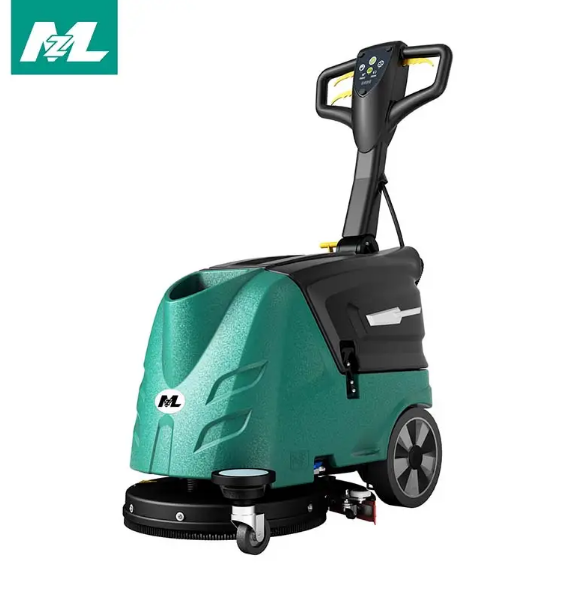For parents who store and feed expressed breastmilk, maintaining the right temperature is crucial for preserving its nutrients and ensuring a comfortable feeding experience for the baby. A breastmilk heater is a convenient device that helps warm milk safely and efficiently without overheating or destroying essential nutrients.

What is a Breastmilk Heater?
A breastmilk heater is a specially designed device that gently warms stored breastmilk to a safe temperature for feeding. Unlike microwaves, which can create hot spots and degrade milk quality, a breastmilk heater uses water or steam to provide uniform heating, preserving the milk’s beneficial properties.
Benefits of Using a Breastmilk Heater
- Preserves Nutrients – Ensures that essential antibodies and enzymes in breastmilk remain intact.
- Prevents Overheating – Maintains an optimal temperature without creating hot spots.
- Convenience – Quickly warms milk, saving time for busy parents.
- Even Heating – Distributes heat evenly, preventing temperature fluctuations.
- Versatility – Many models also warm baby formula, food jars, and sterilize bottles.
Types of Breastmilk Heaters
- Water Bath Heaters – Use warm water to gradually heat the milk, ensuring gentle and even warming.
- Steam Heaters – Utilize steam to quickly heat bottles but require careful monitoring to prevent overheating.
- Portable USB Heaters – Ideal for travel, using low-power heating for on-the-go convenience.
- Smart Heaters – Feature temperature control settings, auto shut-off, and app connectivity for precise warming.
How to Use a Breastmilk Heater Safely
- Follow Manufacturer Instructions – Each model has unique guidelines for optimal use.
- Use the Right Temperature – Breastmilk should be warmed to around 98.6°F (37°C), close to body temperature.
- Avoid Microwaving – This can destroy nutrients and create uneven heating.
- Swirl, Don’t Shake – Gently swirl the bottle to mix fat layers evenly after warming.
- Check Temperature Before Feeding – Test a few drops on your wrist to ensure it’s not too hot.
Features to Look for in a Breastmilk Heater
- Adjustable Temperature Settings – Helps control precise warming.
- Auto Shut-Off & Timer – Prevents overheating and ensures safety.
- Compatibility – Fits different bottle sizes and materials.
- Portability – Ideal for travel or on-the-go feeding.
A breastmilk heater is an essential tool for parents looking for a safe and efficient way to warm stored milk. By choosing the right type and using it correctly, you can ensure that your baby receives all the vital nutrients while enjoying a comfortable feeding experience. Investing in a reliable breastmilk heater can make feeding routines smoother and more convenient, giving parents peace of mind and babies the nourishment they need.

